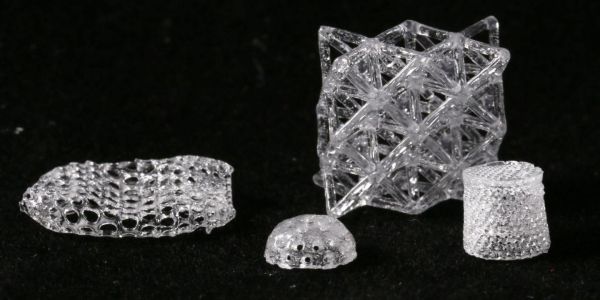ETH researchers used a 3D printing process to produce complex and highly porous glass objects. The basis for this is a special resin that can be cured with UV light.
Producing glass objects using 3D printing is not easy. Only a few groups of researchers around the world have attempted to produce glass using additive methods. Some have made objects by printing molten glass, but the disadvantage is that this requires extremely high temperatures and heat-resistant equipment. Others have used powdered ceramic particles that can be printed at room temperature and then sintered later to create glass; however, objects produced in this way are not very complex.
Researchers from ETH Zurich have now used a new technique to produce complex glass objects with 3D printing. The method is based on stereolithography, one of the first 3D printing techniques developed during the 1980s. David Moore, Lorenzo Barbera, and Kunal Masania in the Complex Materials group led by ETH processor André Studart have developed a special resin that contains a plastic, and organic molecules to which glass precursors are bonded. The researchers reported their results in the latest issue of the journal Natural Materials.
Read more at ETH Zurich
Image: Various glass objects created with a 3D printer. (Credit: Photo: Group for Complex Materials / ETH Zurich)


